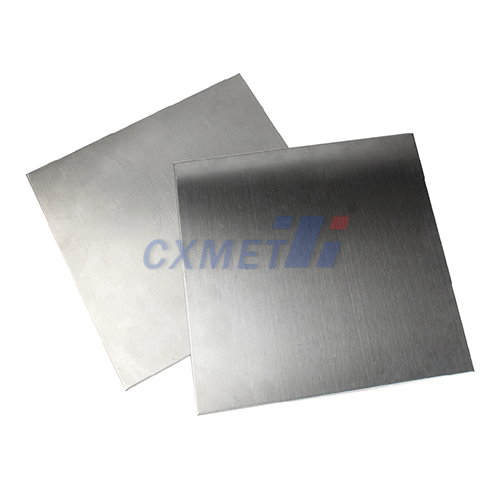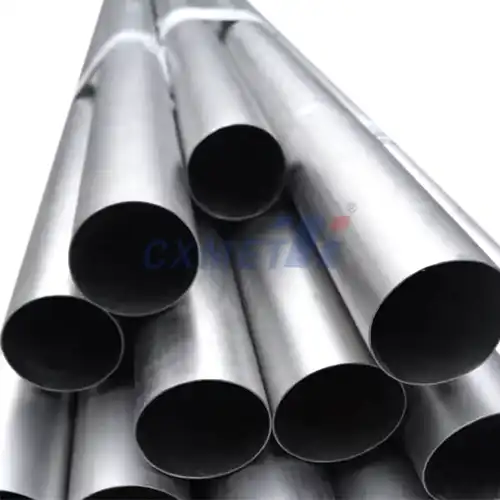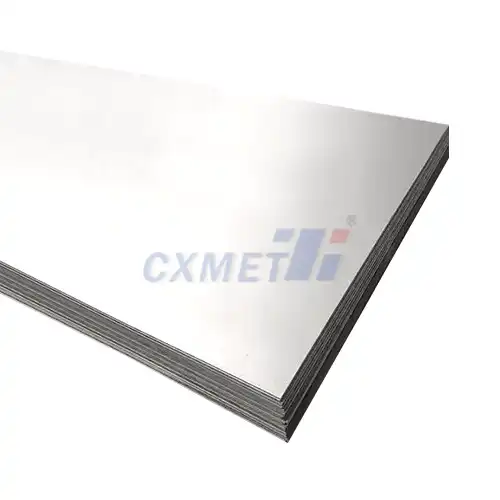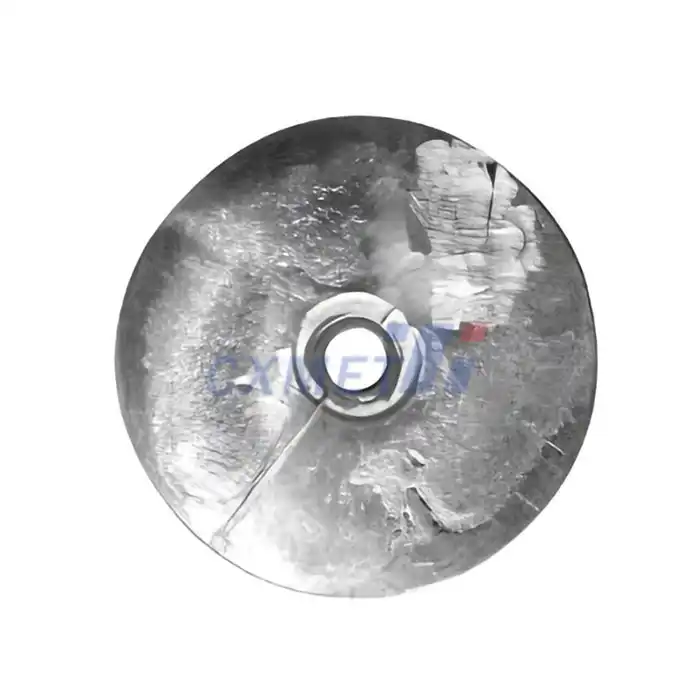- English
- French
- German
- Portuguese
- Spanish
- Russian
- Japanese
- Korean
- Arabic
- Greek
- German
- Turkish
- Italian
- Danish
- Romanian
- Indonesian
- Czech
- Afrikaans
- Swedish
- Polish
- Basque
- Catalan
- Esperanto
- Hindi
- Lao
- Albanian
- Amharic
- Armenian
- Azerbaijani
- Belarusian
- Bengali
- Bosnian
- Bulgarian
- Cebuano
- Chichewa
- Corsican
- Croatian
- Dutch
- Estonian
- Filipino
- Finnish
- Frisian
- Galician
- Georgian
- Gujarati
- Haitian
- Hausa
- Hawaiian
- Hebrew
- Hmong
- Hungarian
- Icelandic
- Igbo
- Javanese
- Kannada
- Kazakh
- Khmer
- Kurdish
- Kyrgyz
- Latin
- Latvian
- Lithuanian
- Luxembou..
- Macedonian
- Malagasy
- Malay
- Malayalam
- Maltese
- Maori
- Marathi
- Mongolian
- Burmese
- Nepali
- Norwegian
- Pashto
- Persian
- Punjabi
- Serbian
- Sesotho
- Sinhala
- Slovak
- Slovenian
- Somali
- Samoan
- Scots Gaelic
- Shona
- Sindhi
- Sundanese
- Swahili
- Tajik
- Tamil
- Telugu
- Thai
- Ukrainian
- Urdu
- Uzbek
- Vietnamese
- Welsh
- Xhosa
- Yiddish
- Yoruba
- Zulu
Are There Common Questions About 3D Printing With Titanium Powder?
2024-08-30 14:26:19
3D printing with titanium powder has emerged as a groundbreaking technology in the field of additive manufacturing. As this innovative process gains traction across various industries, it's natural for professionals, researchers, and enthusiasts to have numerous questions about its applications, challenges, and potential. This blog post aims to address some of the most common questions surrounding 3D printing with titanium powder, providing insights into its complexities, cost considerations, and diverse applications.
What are the challenges of 3D printing with pure titanium powder?
3D printing with pure titanium powder presents several unique challenges that researchers and manufacturers must overcome to produce high-quality parts. These challenges stem from titanium's inherent properties and the intricacies of the 3D printing process itself.
One of the primary challenges is controlling the oxidation of titanium powder during the printing process. Titanium is highly reactive with oxygen, especially at elevated temperatures. This reactivity can lead to the formation of oxide layers on the printed parts, potentially compromising their mechanical properties and surface finish. To mitigate this issue, 3D printing of titanium is typically performed in inert gas environments, such as argon or helium, which adds complexity and cost to the manufacturing setup.
Another significant challenge is managing the thermal stresses that develop during the printing process. Titanium has a relatively low thermal conductivity, which can lead to uneven heating and cooling during printing. This thermal gradient can cause residual stresses in the printed parts, potentially leading to warping, cracking, or dimensional inaccuracies. To address this issue, manufacturers often employ advanced thermal management strategies, such as preheating the build platform or implementing sophisticated cooling systems.
The fine particle size of titanium powder also presents handling and safety challenges. Titanium powder is highly flammable and can pose explosion risks if not handled properly. This necessitates stringent safety protocols and specialized equipment for powder storage, handling, and recycling.
Furthermore, achieving the desired microstructure and mechanical properties in 3D printed titanium parts can be challenging. The rapid heating and cooling cycles inherent in the 3D printing process can result in unique microstructures that differ from those found in traditionally manufactured titanium components. This requires careful optimization of printing parameters, such as laser power, scan speed, and layer thickness, to achieve the desired material properties.
Lastly, post-processing of 3D printed titanium parts presents its own set of challenges. Removing support structures and improving surface finish often require specialized techniques, such as chemical etching or machining, which can be time-consuming and costly.
Despite these challenges, ongoing research and technological advancements continue to improve the 3D printing process for titanium powder. Innovations in process control, powder handling, and post-processing techniques are making it increasingly feasible to produce high-quality titanium parts using additive manufacturing methods.
How does the cost of 3D printing with titanium powder compare to traditional manufacturing methods?
The cost comparison between 3D printing with titanium powder and traditional manufacturing methods is a complex topic that depends on various factors. While 3D printing offers unique advantages in terms of design flexibility and material efficiency, it's essential to consider the overall cost structure to make informed decisions about manufacturing processes.
One of the primary cost factors in 3D printing with titanium powder is the raw material itself. Titanium powder suitable for additive manufacturing is significantly more expensive than bulk titanium used in traditional manufacturing methods. The powder must meet specific requirements in terms of particle size distribution, purity, and flowability, which contributes to its higher cost. However, it's important to note that 3D printing can often achieve higher material utilization rates compared to subtractive manufacturing methods, potentially offsetting some of the raw material costs.
The initial investment in 3D printing equipment for titanium is substantial. High-end metal 3D printers capable of processing titanium powder can cost several hundred thousand to over a million dollars. This high capital expenditure needs to be amortized over the production volume, which can make 3D printing less cost-effective for large-scale production runs compared to traditional methods like casting or forging.
However, 3D printing can offer significant cost advantages for low to medium production volumes, especially for complex parts. Traditional manufacturing methods often require expensive tooling and molds, which can be prohibitively expensive for small production runs. In contrast, 3D printing allows for toolless production, enabling cost-effective manufacturing of small batches or even one-off custom parts.
The labor costs associated with 3D printing titanium parts can be lower than traditional methods, as the process requires less manual intervention during production. However, skilled technicians are still needed for machine setup, monitoring, and post-processing, which should be factored into the overall cost analysis.
Post-processing costs can vary significantly depending on the specific application and required surface finish. While 3D printed parts may require additional post-processing steps, such as heat treatment or surface finishing, traditional manufacturing methods often involve multiple machining operations that can be time-consuming and costly.
When considering the total cost of ownership, it's crucial to factor in the potential for design optimization and part consolidation offered by 3D printing. Complex geometries that would be impossible or prohibitively expensive to produce using traditional methods can be readily manufactured using 3D printing. This can lead to significant cost savings in terms of reduced assembly time, improved performance, and reduced material waste.
In summary, while the per-part cost of 3D printing with titanium powder may be higher than traditional methods for large production volumes, it can offer substantial cost advantages for low to medium volumes, complex geometries, and custom parts. As the technology continues to mature and material costs decrease, the cost-effectiveness of 3D printing with titanium is expected to improve further, potentially disrupting traditional manufacturing paradigms across various industries.
What are the applications of 3D printed titanium parts in various industries?
The unique properties of titanium, combined with the design freedom offered by 3D printing, have opened up a wide range of applications across various industries. From aerospace to medical implants, 3D printed titanium parts are revolutionizing product design and manufacturing processes.
In the aerospace industry, 3D printed titanium components are gaining significant traction due to their excellent strength-to-weight ratio and corrosion resistance. Aircraft manufacturers are using additive manufacturing to produce complex structural components, such as brackets, turbine blades, and fuel nozzles. These parts often feature intricate internal structures that optimize weight while maintaining strength, leading to improved fuel efficiency and performance. For example, GE Aviation has successfully implemented 3D printed titanium fuel nozzles in its LEAP engine, reducing the part count from 20 to 1 and achieving a 25% weight reduction.
The medical industry has embraced 3D printed titanium for creating custom implants and prosthetics. Titanium's biocompatibility and ability to osseointegrate (fuse with bone) make it an ideal material for orthopedic and dental implants. 3D printing allows for the creation of patient-specific implants that perfectly match the individual's anatomy, improving fit, function, and recovery times. Complex lattice structures can be incorporated into implants to promote bone ingrowth and reduce the risk of implant loosening over time. Companies like Stryker and DePuy Synthes have been at the forefront of developing 3D printed titanium implants for spinal, hip, and knee surgeries.
In the automotive sector, 3D printed titanium parts are finding applications in high-performance and luxury vehicles. Racing teams are utilizing additive manufacturing to produce lightweight, high-strength components such as suspension arms, brake calipers, and exhaust systems. The ability to rapidly iterate designs and produce small batches of parts makes 3D printing particularly attractive for motorsport applications. Additionally, some luxury car manufacturers are exploring 3D printed titanium for decorative elements and customized components.
The marine industry is also benefiting from 3D printed titanium parts, particularly for corrosion-resistant components in saltwater environments. Propellers, pump impellers, and various underwater sensors and instruments can be manufactured using titanium 3D printing, offering improved durability and performance in harsh marine conditions.
In the energy sector, 3D printed titanium components are being used in gas turbines and offshore oil and gas equipment. The ability to produce complex cooling channels and optimize internal structures allows for more efficient heat exchangers and turbine blades. Additionally, the corrosion resistance of titanium makes it suitable for various components used in offshore drilling operations.
The consumer goods industry is exploring 3D printed titanium for high-end products such as watches, eyewear frames, and sporting goods. The unique aesthetics and customization possibilities offered by 3D printing allow for the creation of distinctive, premium products that stand out in the market.
Lastly, the space industry is leveraging 3D printed titanium for various spacecraft components. The technology enables the production of complex, lightweight structures that can withstand the extreme conditions of space. Satellite components, propulsion systems, and even structural elements for future space habitats are being developed using titanium 3D printing.
As additive manufacturing technology continues to advance, we can expect to see even more innovative applications of 3D printed titanium parts across these and other industries. The combination of titanium's exceptional properties with the design freedom of 3D printing is driving a new era of product development and manufacturing innovation.
At SHAANXI CXMET TECHNOLOGY CO., LTD, we take pride in our extensive product range, which caters to diverse customer needs. Our company is equipped with outstanding production and processing capabilities, ensuring the high quality and precision of our products. We are committed to innovation and continuously strive to develop new products, keeping us at the forefront of our industry. With leading technological development capabilities, we are able to adapt and evolve in a rapidly changing market. Furthermore, we offer customized solutions to meet the specific requirements of our clients. If you are interested in our products or wish to learn more about the intricate details of our offerings, please do not hesitate to contact us at sales@cxmet.com. Our team is always ready to assist you.
References
1. Frazier, W. E. (2014). Metal Additive Manufacturing: A Review. Journal of Materials Engineering and Performance, 23(6), 1917-1928.
2. Herzog, D., Seyda, V., Wycisk, E., & Emmelmann, C. (2016). Additive manufacturing of metals. Acta Materialia, 117, 371-392.
3. Liu, S., & Shin, Y. C. (2019). Additive manufacturing of Ti6Al4V alloy: A review. Materials & Design, 164, 107552.
4. Sing, S. L., An, J., Yeong, W. Y., & Wiria, F. E. (2016). Laser and electron-beam powder-bed additive manufacturing of metallic implants: A review on processes, materials and designs. Journal of Orthopaedic Research, 34(3), 369-385.
5. Yap, C. Y., Chua, C. K., Dong, Z. L., Liu, Z. H., Zhang, D. Q., Loh, L. E., & Sing, S. L. (2015). Review of selective laser melting: Materials and applications. Applied Physics Reviews, 2(4), 041101.
6. Gorsse, S., Hutchinson, C., Gouné, M., & Banerjee, R. (2017). Additive manufacturing of metals: a brief review of the characteristic microstructures and properties of steels, Ti-6Al-4V and high-entropy alloys. Science and Technology of Advanced Materials, 18(1), 584-610.
7. Shipley, H., McDonnell, D., Culleton, M., Coull, R., Lupoi, R., O'Donnell, G., & Trimble, D. (2018). Optimisation of process parameters to address fundamental challenges during selective laser melting of Ti-6Al-4V: A review. International Journal of Machine Tools and Manufacture, 128, 1-20.
8. Wang, X., Xu, S., Zhou, S., Xu, W., Leary, M., Choong, P., ... & Xie, Y. M. (2016). Topological design and additive manufacturing of porous metals for bone scaffolds and orthopaedic implants: A review. Biomaterials, 83, 127-141.
9. Attallah, M. M., Jennings, R., Wang, X., & Carter, L. N. (2016). Additive manufacturing of Ni-based superalloys: The outstanding issues. MRS Bulletin, 41(10), 758-764.
10. DebRoy, T., Wei, H. L., Zuback, J. S., Mukherjee, T., Elmer, J. W., Milewski, J. O., ... & Zhang, W. (2018). Additive manufacturing of metallic components – Process, structure and properties. Progress in Materials Science, 92, 112-224.



